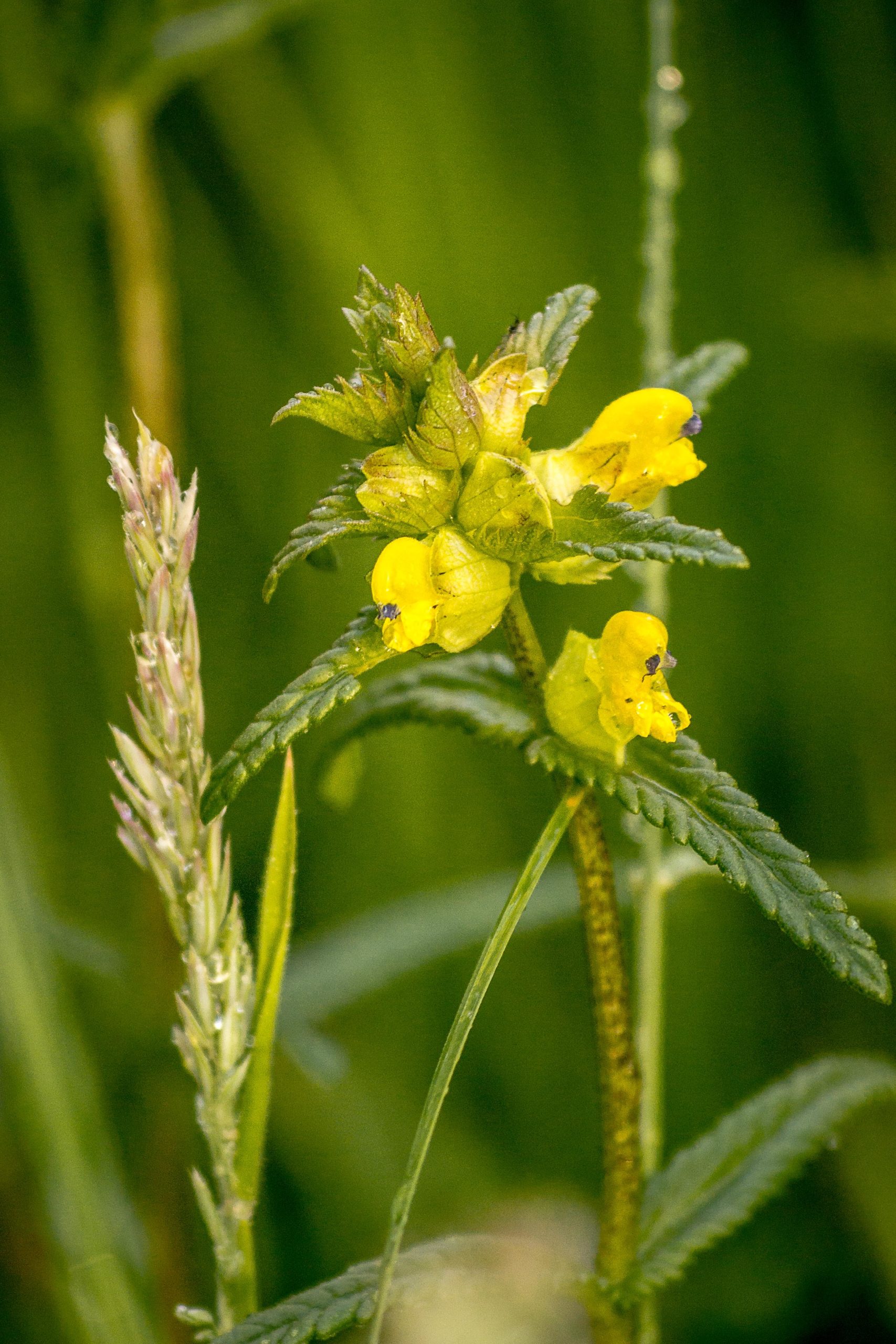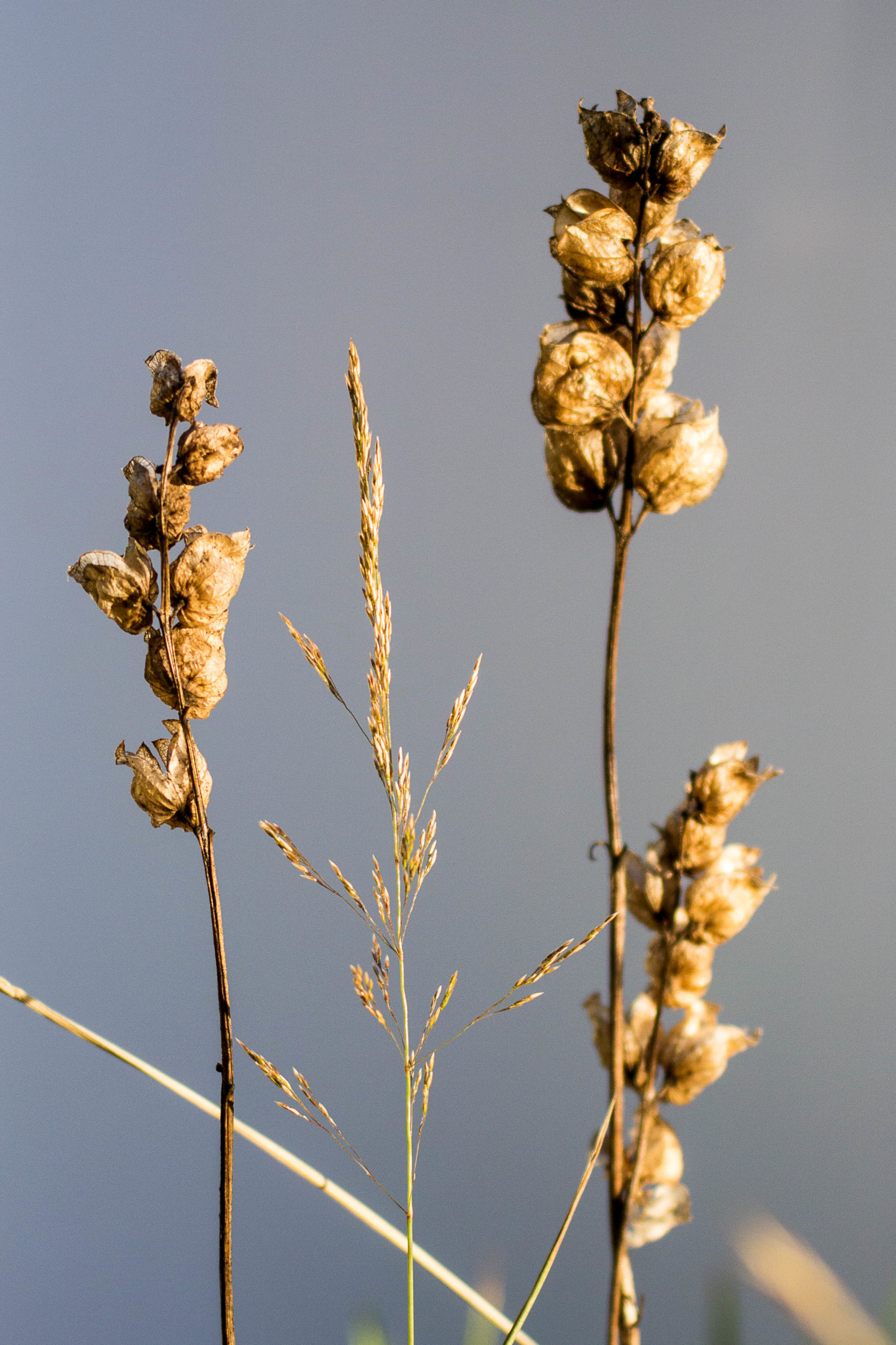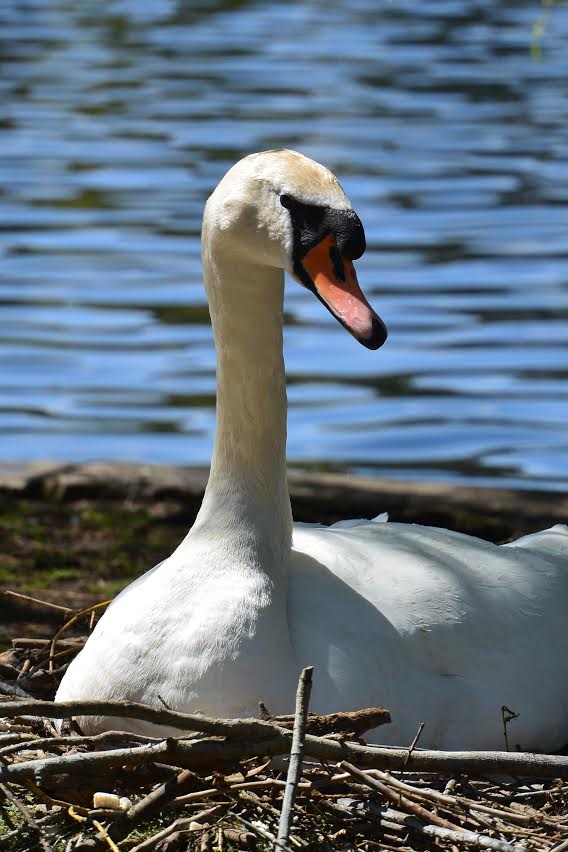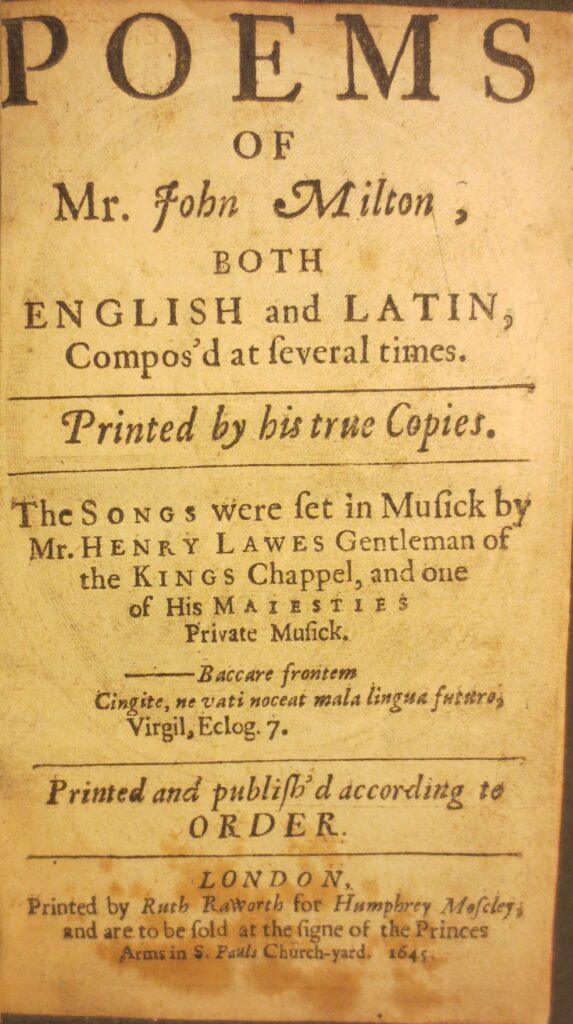Photos of Yellow Rattle on College Field taken by Karen Phillips of Tastes Delicatessen, High St. Eton
When we think of the treasures of Eton we tend to think of the architectural heritage that surrounds us around the College and along the High Street.
The fact is, however, that one of the jewels in Eton’s crown is its Lammas land, the extensive meadows which are owned by the College but which commoners were allowed to use for pasture following the harvest following 12 August (Lammas Day). Hay meadows with a rich variety of flowers are important habitats for insects, birds and other animals and they are just as much in need of conservation as our architectural heritage.
Meadows are a rich mix of grass and wild flower species in competition with one another. If fertiliser is added to meadows, grasses will tend to grow at the expense of the flowers. For this reason, fertilising meadows cuts down biodiversity and allows just a few grasses to take over. Fortunately, year after year the hay is cut and removed after the harvest and this helps remove nutrients from the meadow. The resulting lack of nutrients depresses the growth of the grasses and encourages the meadow flowers to flourish.
As well as continuing to make hay, and ensuring that no fertilizer is ever put on our hay meadows, some species can single-handedly help promote biodiversity. A plant called Yellow Rattle (Rhinanthus minor) that flowers at the end of May is actually a parasite that draws water and nourishment from the roots of nearby grasses. This weakens the grasses and so helps the flowers to thrive. Its name derives from the fact that when it sets seed (in July) you can hear the seeds rattle in the hollow dry seed-cases as you walk through the meadow. Its rattling was often taken as a sign that a meadow was ready for the harvest. You can find this species around Eton, though it has disappeared from South Meadow in recent years. If it makes reappearance, it could play a vital part in maintaining this meadow, and its rich diversity, for years to come.






